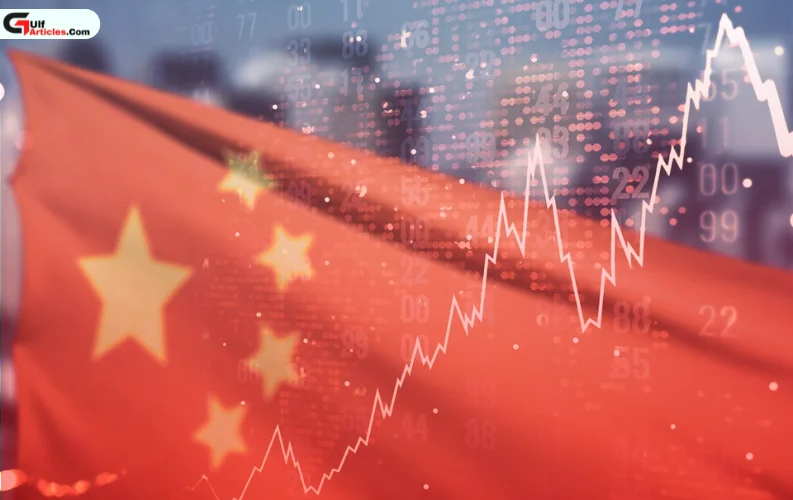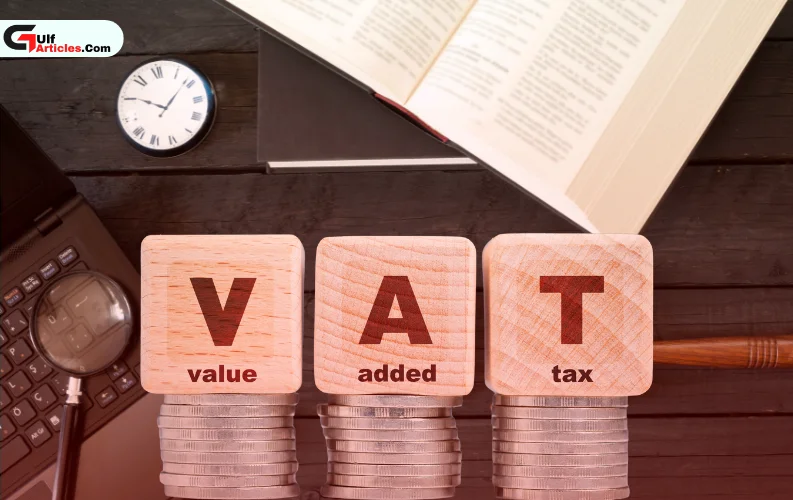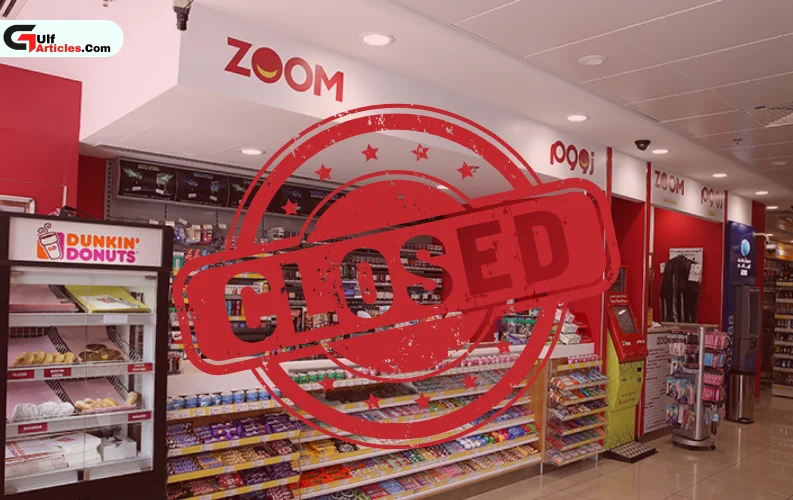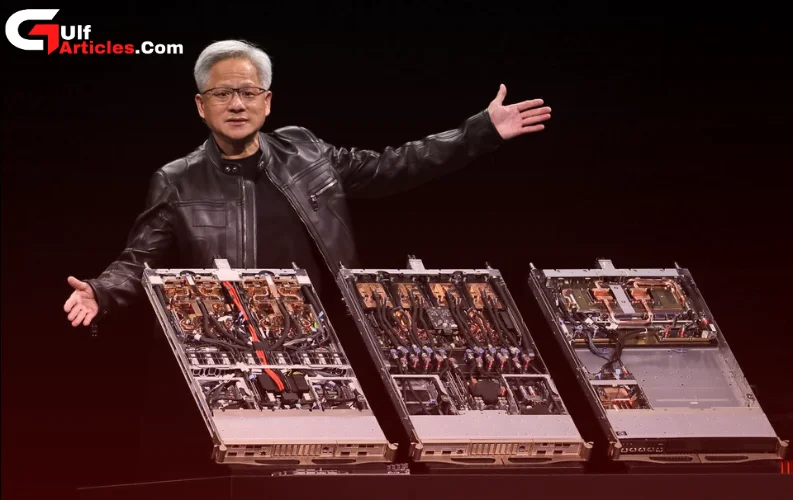Indian exporters facing the threat of higher tariffs under the latest U.S. trade policies are exploring the UAE and Saudi Arabia as alternative manufacturing bases to preserve their American market share.
On Wednesday, U.S. President Donald Trump stated that India could face up to 50% import duties, targeting sectors such as steel and aluminium, and penalizing India’s continued oil trade with Russia. The announcement has raised alarm among Indian manufacturers who depend heavily on exports to the United States.
While the final figure remains uncertain, Indian businesses are already weighing contingency plans.
“No one believes tariffs on India will be at 50% there is room for negotiation with the U.S.,” said a senior executive at an Indian consumer goods manufacturer. “But even if the final rate lands at 15% or 20%, Indian firms with major U.S. exposure must consider shifting production to the Gulf.”
By contrast, UAE and Saudi Arabia exports to the U.S. remain at a 10% duty, creating a window of opportunity for Indian companies to bypass potential tariff shocks by producing from these lower-duty countries.
Early movers stand to gain
Before Trump’s renewed tariff threats, several Indian manufacturers had already committed investments in industrial zones such as Dubai Industrial City and KIZAD in Abu Dhabi. These facilities were primarily aimed at serving export markets, but the evolving U.S. policy could accelerate this shift.
“If the production base and value addition happens in the UAE, it (the U.S. import duty) will be 10%,” said Krishnan Ramachandran, CEO of Barjeel Geojit Financial Services.
Sectors like textiles and garments, including companies like Kitex Garments, are expected to be among the hardest hit if U.S. tariffs spike, as these products form a significant portion of Indian non-oil exports to the U.S.
CEPA offers a strategic edge
India’s trade agreement with the UAE, the Comprehensive Economic Partnership Agreement (CEPA), has already reduced or eliminated duties on numerous goods shipped to the Emirates. Experts say this advantage could be extended by producing in the UAE and re-exporting to the U.S., although transshipment may draw scrutiny.
“For many commodities under CEPA, including essential and fast-moving goods, the duty is 0%,” said Dr. Sahitya Chaturvedi, Secretary-General of the Indian Business and Professional Council (IBPC Dubai). “When using UAE free zones for re-export, this duty can be entirely avoided.”
However, some trade analysts caution that the U.S. may tighten enforcement on re-exports if perceived as deliberate tariff evasion.
“The U.S. will target transshipments at some point if these are seen as just to get away with lower tariff duties,” said an executive with a UAE free zone operator.
Realignment already underway
Even before Wednesday’s statement, many Indian businesses had signaled interest in localizing production in Gulf economies. Now, that shift could gain pace, with Saudi Arabia’s Vision 2030 industrial zones also seen as viable expansion grounds.
“It’s no longer about strategic diversification, it’s about survival,” said a Dubai-based trade consultant advising Indian exporters.
“Current exports of perfumery products are proceeding smoothly under a 10% tariff rate,” added Jimmy Chacko of Jimmy Aventus. “The market impact remains minimal at this stage. We are now preparing for the peak season from October to December.”
With Washington’s tariff rhetoric intensifying and India’s U.S.-bound exports at risk, Indian companies may find the Gulf not just a workaround, but a long-term operational base for global trade.























